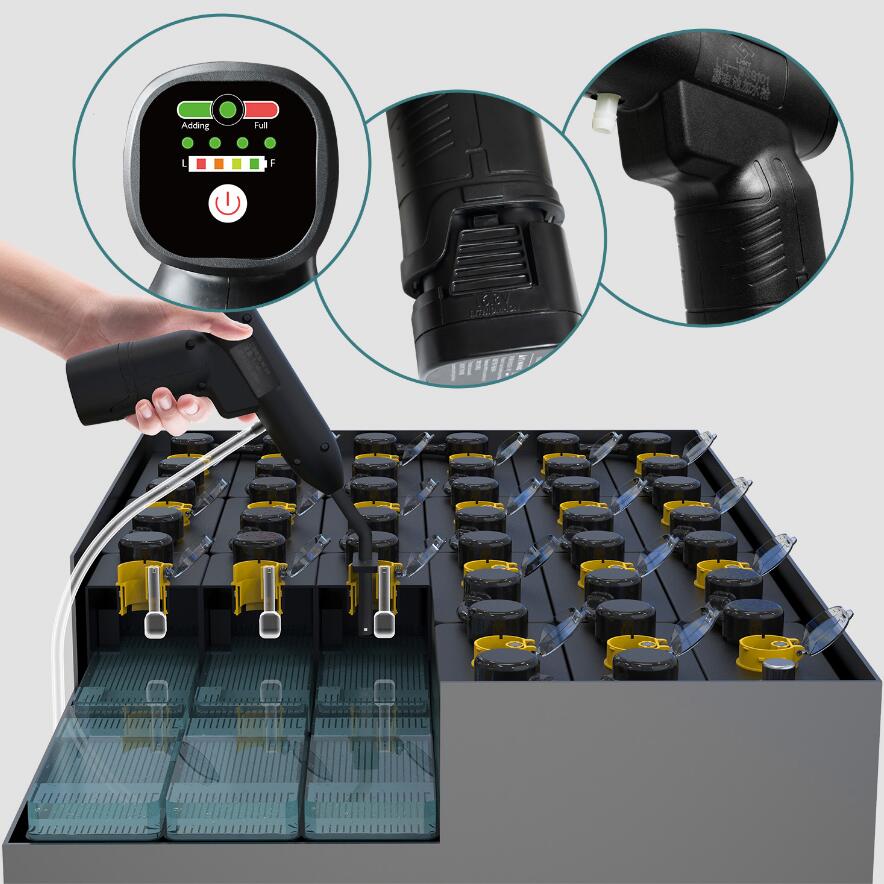The battery is the heart of an electric vehicle. Choosing a cost-effective battery and learning how to use the battery correctly can not only prolong the service life of the battery, reduce the cost of the vehicle, but also reduce the threat to life caused by the combustion and explosion of the lithium battery, so that the electric vehicle can be better. serve our lives. After reading the article, you will know how to choose an electric vehicle battery.
There are two types of battery car batteries currently on the market: lead-acid batteries and lithium batteries. Lead-acid batteries are further divided into ordinary lead-acid batteries, black gold batteries, and graphene batteries. Lithium batteries are divided into lithium iron phosphate batteries, lithium manganese oxide batteries and ternary polymer batteries. Which battery should I choose when buying an electric car? Let’s discuss this issue together.
First introduce the advantages and disadvantages of lithium batteries and lead-acid batteries, and then you will know how to choose after making a comparison. Finally, the safety precautions for the use of the two batteries will be introduced.

Lead-acid Introduction
The electrodes of lead-acid batteries are mainly made of lead and its oxides, and the electrolyte is a battery of sulfuric acid solution. The nominal voltage of a single-cell lead-acid battery is 2.0V, which can be charged to 2.4V and discharged to 1.5V. In applications, six single-cell lead-acid batteries are often connected in series to form a nominal 12V lead-acid battery.
The advantages of lead-acid batteries: cheap, recyclable, mature technology, and safe to use.
Disadvantages of lead-acid batteries: large volume, heavy weight, poor low-temperature resistance, short cruising range, and short service life.
Lithium battery introduction
Lithium batteries are a type of batteries that use lithium metal or lithium alloys as positive/negative electrode materials and use non-aqueous electrolyte solutions.
The advantages of lithium batteries: small size, light weight, large capacity, long cycle life.
Disadvantages of lithium batteries: Lithium dendrites will inevitably be generated during use, and even break through the safety diaphragm in severe cases, which is easy to short-circuit and catch fire. In addition, the price of lithium batteries is high, and the recycling value is low.
When buying an electric car, should you choose lead-acid batteries or lithium batteries?

The following will compare the cruising range, low-temperature resistance, service life and safety of lead-acid batteries and lithium batteries.
Let’s take the best-selling electric car of a certain brand on the market as an example. Electric cars of the same model use lead-acid batteries and lithium batteries respectively.
1 cruising range
Under normal circumstances, a 60V 20A lead-acid battery can keep driving at a medium speed in summer, and the cruising range of the battery is about 70 kilometers. Using 60V20A lithium battery, the cruising range is about 90~100 kilometers.
- Low temperature resistance
Lead-acid batteries have poor low temperature resistance in winter, and the capacity is 2/3 of that in summer. The battery can travel 70 kilometers in summer, and the cruising range in winter is less than 50 kilometers. The capacity of lithium batteries is also affected by low temperature in winter, but the impact is relatively small. Lithium batteries can travel about 100 kilometers in summer and about 85 kilometers in winter.
- Service life
Taking the best lead-acid graphene battery on the market as an example, the service life is about 3 to 4 years. The average service life of lithium batteries is 3 to 5 years.
- Safe to use
Lead-acid battery technology is mature and has passed the test of the market. The main materials of the battery, lead and electrolyte, have stable physical properties and will not catch fire or explode. And all the electric vehicles we have seen caught fire, burned and exploded, causing casualties and accidents were all caused by lithium batteries.
Lithium is a metal with active chemical elements. If it is used improperly, it will cause danger. For example, the heat dissipation of the battery will be affected during charging, the internal temperature of the battery will rise, or a short circuit will occur during use, and it will catch fire and burn, posing a serious safety hazard. Now the electric vehicles of the new national standard use light-weight lithium batteries, and the body is welded with thin-walled steel pipes. The body is weak in strength, light in weight, and poor in driving safety.
Through the above comparison, it is concluded that it is more cost-effective to use lead-acid batteries for electric vehicles, which can not only reduce the cost of the vehicle, but the most important thing is that the safety performance is much higher than that of lithium batteries, which will not catch fire and explode. However, if you have higher requirements on the battery life of electric vehicles, such as food delivery and express delivery, it is recommended to use lithium iron phosphate batteries of major brands on the market.
Lead-acid battery technology is mature, cheap, and old batteries can be exchanged for new ones, effectively reducing vehicle costs. In terms of safety, the plate of lead-acid battery is lead, and the electrolyte is sulfuric acid. Both lead and sulfuric acid are relatively stable substances, and even if they are overcharged, they will not catch fire. So in general, it is safer to use lead-acid batteries to buy electric vehicles.
